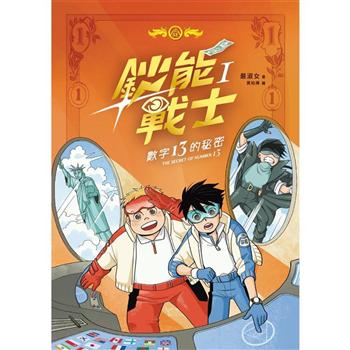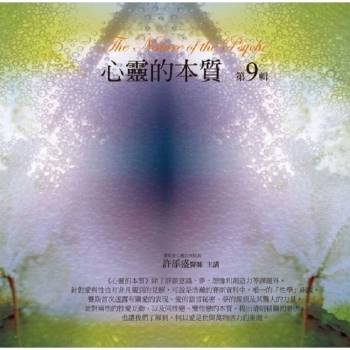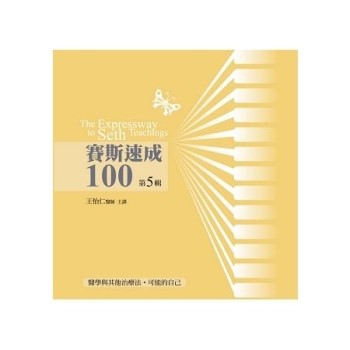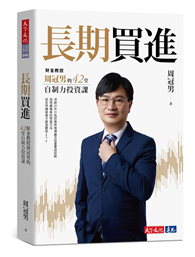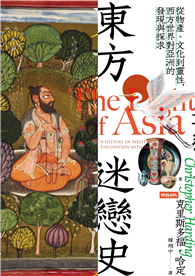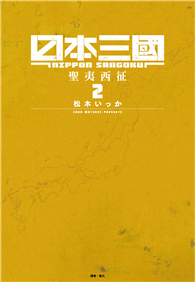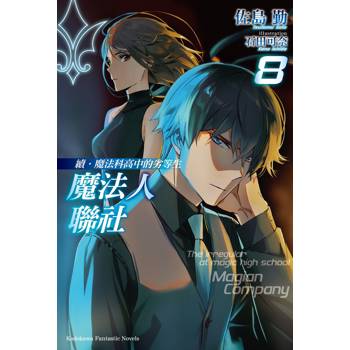This book focuses on Luis Frois, a 16th-century Portuguese Jesuit and chronicler, who recorded his impressions of Japanese gardens, cities and building practices, tea-drinking rituals, Japan’s unification efforts, cultural traditions, and the many differences between Europe and Japan in remarkable manuscripts almost lost to time. This research also draws on other Portuguese descriptions from contemporary sources spanning the years 1543 - 1597, later validated by Japanese history and iconography. Importantly, explorer Jorge Alvares recorded his experiences of discovery, prompting St. Francis Xavier to visit Japan in 1549, thus ushering in the "Christian Century" in Japan.
During this long period of accord and reciprocal curiosity, the Portuguese wrote in excess of 1500 pages of letters to European Jesuits that detail their impressions of the island nation-not to mention their observations of powerful public figures such as Oda Nobunaga, Toyotomi Hideyoshi, and Sen no Rikyu. In addition to examining these letters, the authors translated and researched early descriptions of 23 gardens in Kyoto and Nara and 9 important cities-later visited by the authors, sketched, photographed and compared with the imagery painted on 16th-century Japanese screens.
| FindBook |
有 1 項符合
Luis Frois: First Western Accounts of Japan’s Gardens, Cities and Landscapes的圖書 |
 |
Luis Frois: First Western Accounts of Japan’s Gardens, Cities and Landscapes 作者:Castel-Branco 出版社:Springer 出版日期:2019-10-15 語言:英文 規格:精裝 / 241頁 / 23.37 x 15.49 x 1.78 cm / 普通級/ 初版 |
| 圖書館借閱 |
| 國家圖書館 | 全國圖書書目資訊網 | 國立公共資訊圖書館 | 電子書服務平台 | MetaCat 跨館整合查詢 |
| 臺北市立圖書館 | 新北市立圖書館 | 基隆市公共圖書館 | 桃園市立圖書館 | 新竹縣公共圖書館 |
| 苗栗縣立圖書館 | 臺中市立圖書館 | 彰化縣公共圖書館 | 南投縣文化局 | 雲林縣公共圖書館 |
| 嘉義縣圖書館 | 臺南市立圖書館 | 高雄市立圖書館 | 屏東縣公共圖書館 | 宜蘭縣公共圖書館 |
| 花蓮縣文化局 | 臺東縣文化處 |
|
|
圖書介紹 - 資料來源:博客來 評分:
圖書名稱:Luis Frois: First Western Accounts of Japan’s Gardens, Cities and Landscapes
內容簡介
|
